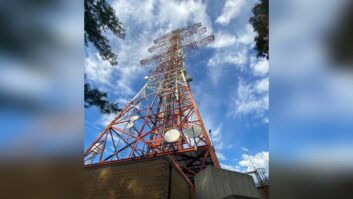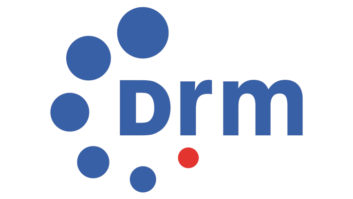BUDAPEST, Hungary — Digital Radio Mondiale transmissions began from Budapest, Hungary, last June. Although two Hungarian broadcasters previously tested DRM on medium wave, the transmissions are the country’s first DRM trials on shortwave.
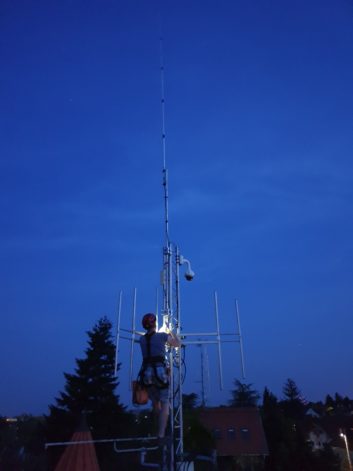
The Department of Broadcast Info-Communications and Electronic Theory at the Budapest University of Technology is conducting these latest trials. Csaba Szombathy, head of the broadcasting laboratory, is also head of the project, which will last for at least 12 months.
While the 11-meter 26,060 kHz frequency is well known for use in local broadcasting, it’s rarely implemented for international broadcasting. Both World Radio Network (now owned by Encompass Digital Media) and Vatican Radio conducted DRM trials on shortwave in the 26 MHz range in London and Rome in 2005 and 2008 respectively. Researchers have also performed tests in this frequency to measure coverage and determine optimal mode and bandwidth on various occasions in Mexico and Brazil. The new Hungarian trials will add to this research.
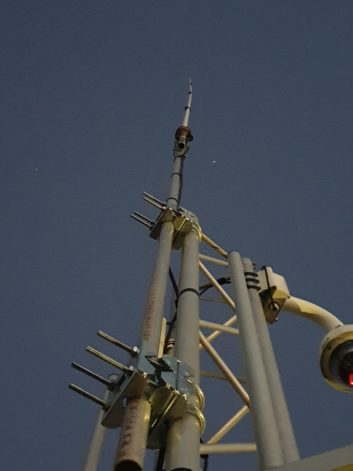
Szombathy initially operated the transmitter with just 10 W of power into a 5/8-inch vertical monopole. Radio Maria, a Catholic station, is providing a 25-hour program loop, while a Dream DRM software-based encoder broadcasts the signal using AAC encoding. In spite of the low power, the program was reportedly received in the Netherlands.
In early September, Szombathy moved the antenna and transmitter to a slightly different location to improve coverage. He increased the power to 100 W.
The second stage of the project is demonstrating DRM’s multimedia capabilities. Germany’s Fraunhofer IIS loaned the laboratory a content server, which provided a substantial upgrade to their setup. Szombathy’s station is transmitting with a xHE-AAC codec. The project also features Journaline data service, which Fraunhofer describes as “hierachically structured textual information.”
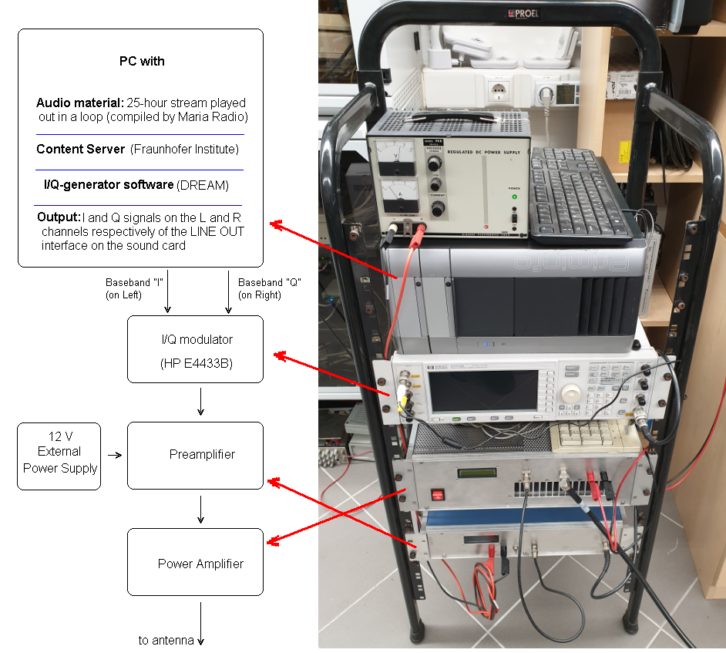
Although a number of Indian medium-wave stations broadcast in xHE-AAC, the Hungarian station is the only shortwave station with regular xHE-AAC transmissions. Fraunhofer previously supported a German university station broadcasting in xHE-AAC. That station, Funklust, is no longer on shortwave.
Szombathy says he welcomes any DRM receiver manufacturer or developer to Budapest to conduct field tests using any receiver they are working on.
The station may go on beyond its one-year project. “It depends on what we archive or where we get during this year,” explained Szombathy. “If I can generate sufficient interest, there’s a chance it’ll transition into a permanent, live broadcast.”
Hans Johnson has worked in the broadcast industry for over 20 years in sales, consulting, and frequency management.
